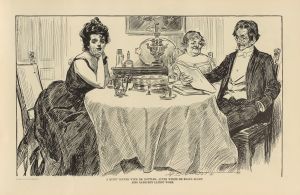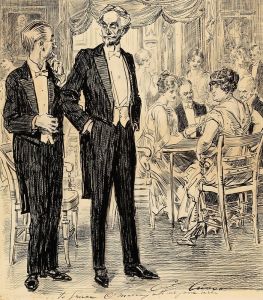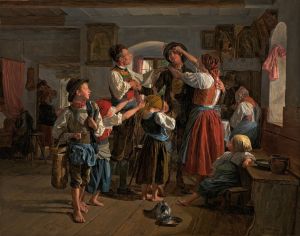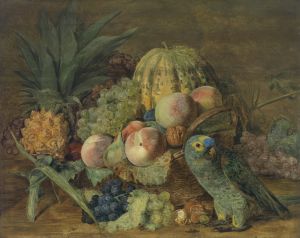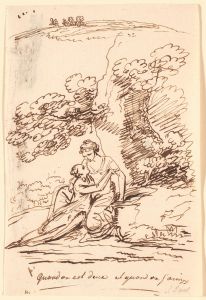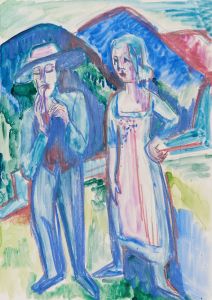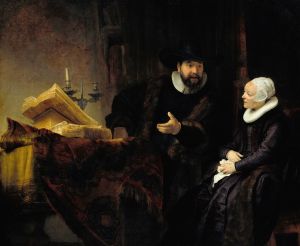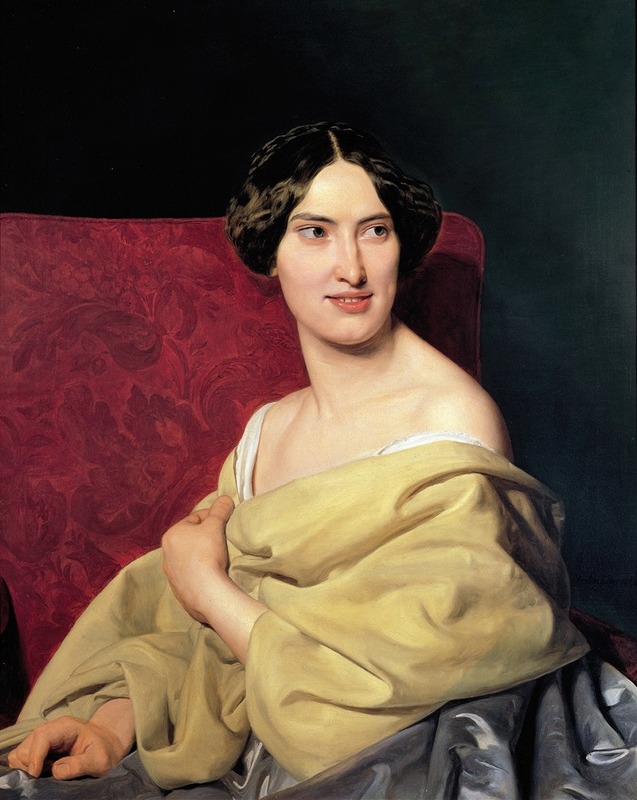
Anna Bayer, the artist’s second wife
A hand-painted replica of Ferdinand Georg Waldmüller’s masterpiece Anna Bayer, the artist’s second wife, meticulously crafted by professional artists to capture the true essence of the original. Each piece is created with museum-quality canvas and rare mineral pigments, carefully painted by experienced artists with delicate brushstrokes and rich, layered colors to perfectly recreate the texture of the original artwork. Unlike machine-printed reproductions, this hand-painted version brings the painting to life, infused with the artist’s emotions and skill in every stroke. Whether for personal collection or home decoration, it instantly elevates the artistic atmosphere of any space.
Ferdinand Georg Waldmüller was a prominent Austrian painter of the 19th century, known for his contribution to the Biedermeier period of art. His works are celebrated for their detailed realism and vibrant depiction of everyday life, landscapes, and portraits. One of his notable works is the painting titled "Anna Bayer, the Artist’s Second Wife."
This painting is a portrait of Anna Bayer, who became Waldmüller's second wife. The artwork exemplifies Waldmüller's skill in capturing the essence and character of his subjects with meticulous attention to detail. The portrait is a testament to his mastery in rendering textures and expressions, which was a hallmark of his style.
Waldmüller was born on January 15, 1793, in Vienna, Austria. He studied at the Academy of Fine Arts in Vienna, where he honed his skills in painting. Over the years, he became one of the leading figures in the Biedermeier art movement, which was characterized by a focus on the domestic and the intimate, often reflecting the socio-political climate of the time.
The Biedermeier period, spanning from 1815 to 1848, was a time of relative peace in Europe following the Napoleonic Wars. This era saw a shift towards more personal and introspective art, with an emphasis on middle-class life and values. Waldmüller's works from this period often depicted serene landscapes, genre scenes, and portraits that resonated with the sensibilities of the time.
"Anna Bayer, the Artist’s Second Wife" is a fine example of Waldmüller's portraiture, showcasing his ability to convey the personality and mood of his subjects. His use of light and shadow, along with his attention to detail, brings a lifelike quality to the painting. The portrait not only serves as a representation of Anna Bayer but also reflects the intimate and personal nature of Waldmüller's work during this period.
Waldmüller's personal life, including his marriage to Anna Bayer, played a significant role in his artistic output. His relationships and experiences often influenced the subjects and themes of his paintings. The portrait of Anna Bayer is a reflection of his personal connection to his subject, adding depth and emotion to the artwork.
Throughout his career, Waldmüller faced various challenges, including conflicts with the art establishment in Vienna. Despite these obstacles, he continued to produce a significant body of work that has left a lasting impact on Austrian art. His paintings are held in high regard and can be found in major museums and collections around the world.
In summary, "Anna Bayer, the Artist’s Second Wife" is a notable work by Ferdinand Georg Waldmüller, exemplifying his skill in portraiture and his contribution to the Biedermeier art movement. The painting captures the essence of the period and the artist's personal connection to his subject, making it a significant piece in the study of 19th-century Austrian art.






